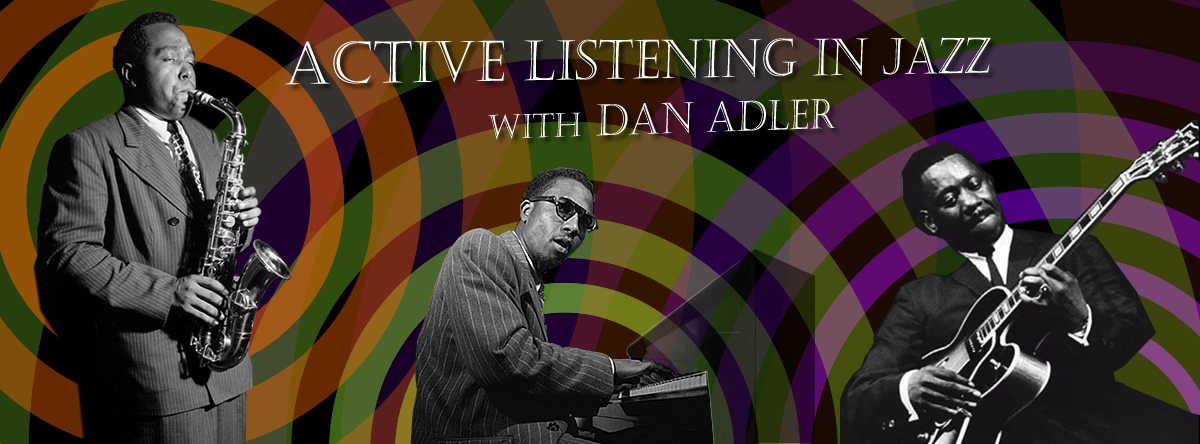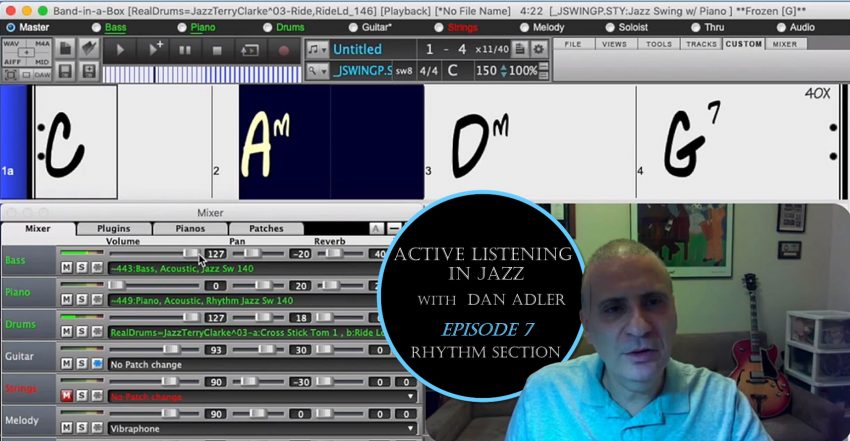Hello everybody and welcome to Episode 7): Rhythm Section of Active Listening in Jazz.
In this episode we want to talk about Jazz rhythm and the role of the rhythm section within the Jazz ensemble.
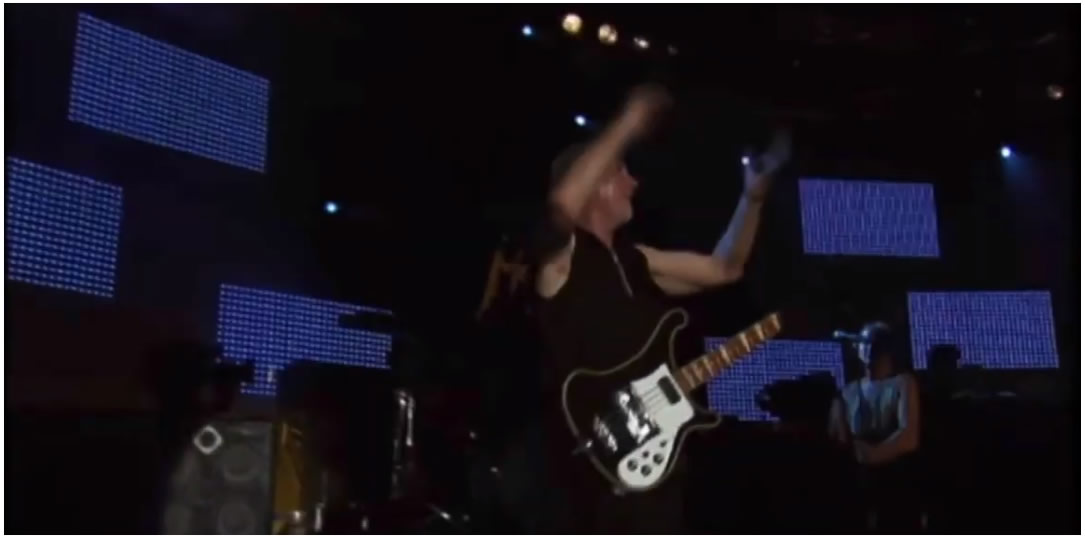
So the first thing I want to do is to distinguish between a One and Three feel and a Two and Four feel.
And the best way to do that is through some examples. So here is a One and Three Feel from Ian Paice from Deep Purple.
1, 2, 3, 4 … 1, 2, 3, 4
So you can see on that clip they’re clapping on 1 and 3: One, 2, Three, 4 …
One, 2, Three, 4.

Now let’s contrast that with a Jazz feel. This a Philly Joe Jones shuffle: 1, 2, 3, 4 … 1, 2, 3, 4 … 1, 2, 3, 4 … 1, 2, 3, 4.
So you can see that the swing dancers are clapping on 2 and 4.
1, 2, 3, 4 … 1, 2, 3, 4 and that is the ‘Jazz Feel’ .
And that Jazz Feel even carried over to early Rock and Roll where the dance was still swing style.

You see they’re still feeling that in 2 and 4. And that’s what we mean when we say something is ‘Off Beat’ or ‘Up Beat’ ~ you mean that it is feeling it on the 2 and 4 and not on the heavy beats.

So let’s listen to a classic Jazz example and in this case we’re listening to drummer Rufus Jones of the Duke Ellington Orchestra. And this is the ‘out chorus’, the last chorus of the song Take The A Train. And you can see him really laying hard into that 2 and 4. And you can’t help but feel that Offbeat and Upbeat feel.
I want you to pay attention to how he does that. With his right hand he’s playing the 4 to the beat on his right cymbal 1, 2, 3, 4. Every beat he’s playing on the right cymbal.
With his left hand he’s accenting the 2 and 4 on the snare drum that’s in front of him. And with his left foot he’s making the Hi Hat go 1, 2, 3, 4 and that is something you always have to pay attention to when you’re watching a drummer in Jazz.

So here’s another classic example by the the Duke Ellington Orchestra and here you can really see how the 2 and 4 feel propel soloist Paul Gonsalves to reach new heights.
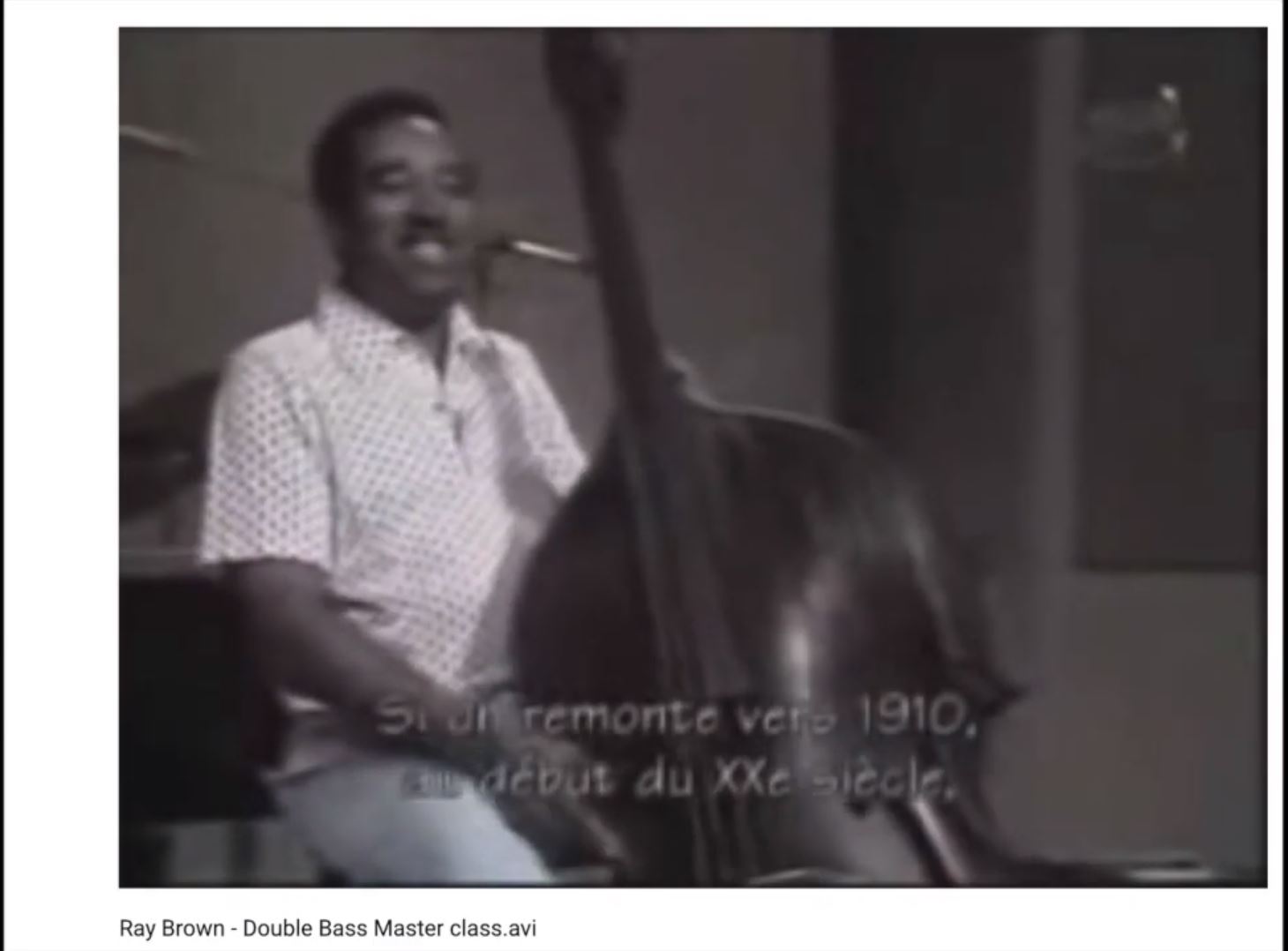
So hopefully you are beginning to see how the drummer gives you the feel of the 2 and 4.
And now let’s transition a little bit to the bass. Jazz bass is sometimes known as ‘walking bass’ because it feels like he’s taking a walk … duh duh dah
” Back around 1910, in the early days just as they made the transition from the tuba to the string bass it was played in a very, I guess you could call ‘haphazard way’.
There was not a lot of finesse and they played very harshly like this.”
That was Ray Brown one of the greatest Jazz bassists of all time showing us a little bit about the history of the bass.
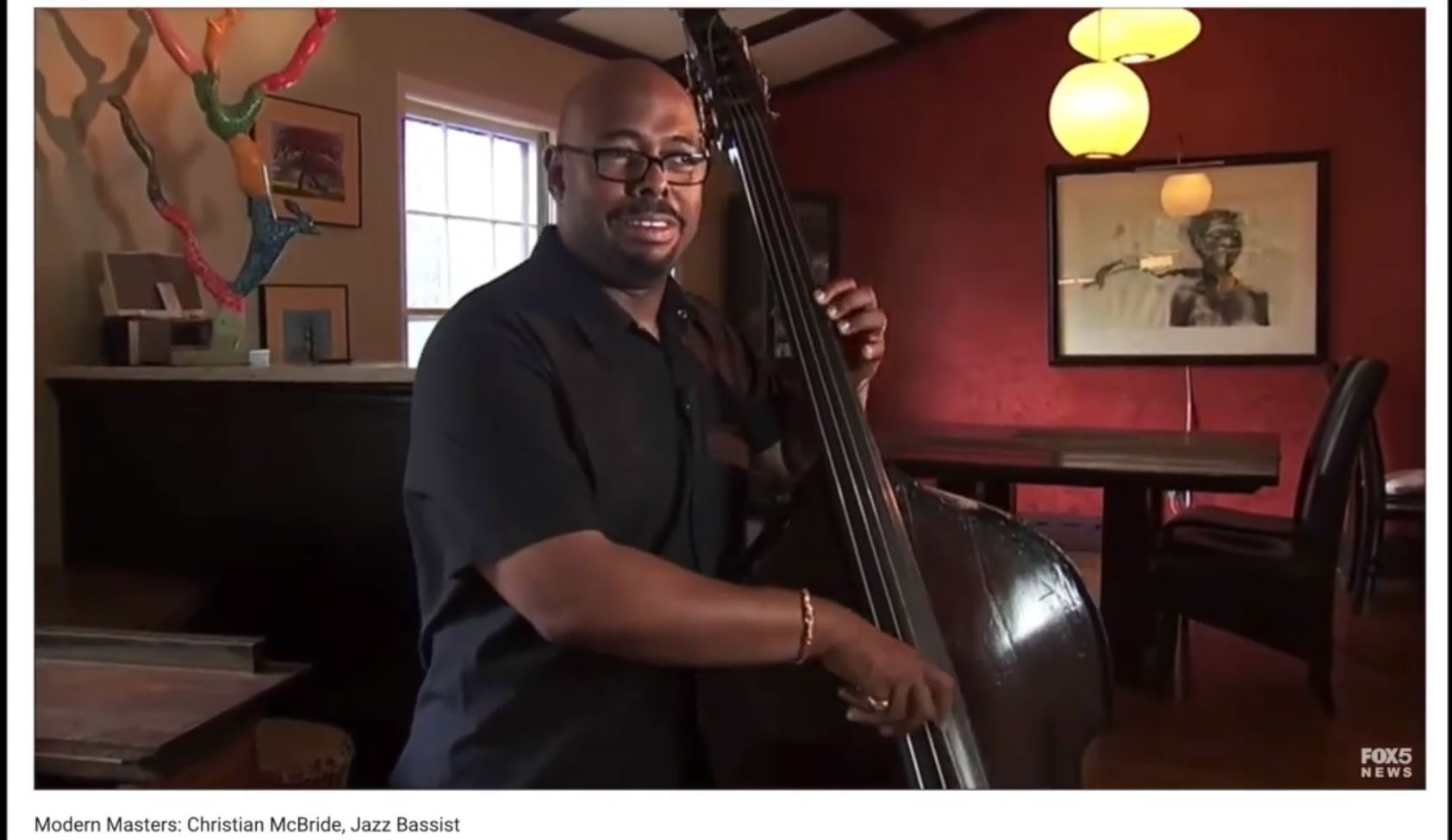
And now let’s watch a contemporary great Jazz bassist called Christian McBride as he explains the difference between the walking bass in Jazz and how the bass functions in a rock or pop song.
“As a bass player you are supposed to come up with different creative bass lines every single chorus. It could be like this (bass line example 1) … or I could start off like this: (bass line example 2) … or I could start off like this: (bass line example 3).
Now we switch it to the pop side ~ the discipline is almost the exact opposite. If I may reference my dear friend Sting. We play Every Breath You Take. This is the bass line … I have to play that exactly like that.” Christian McBride
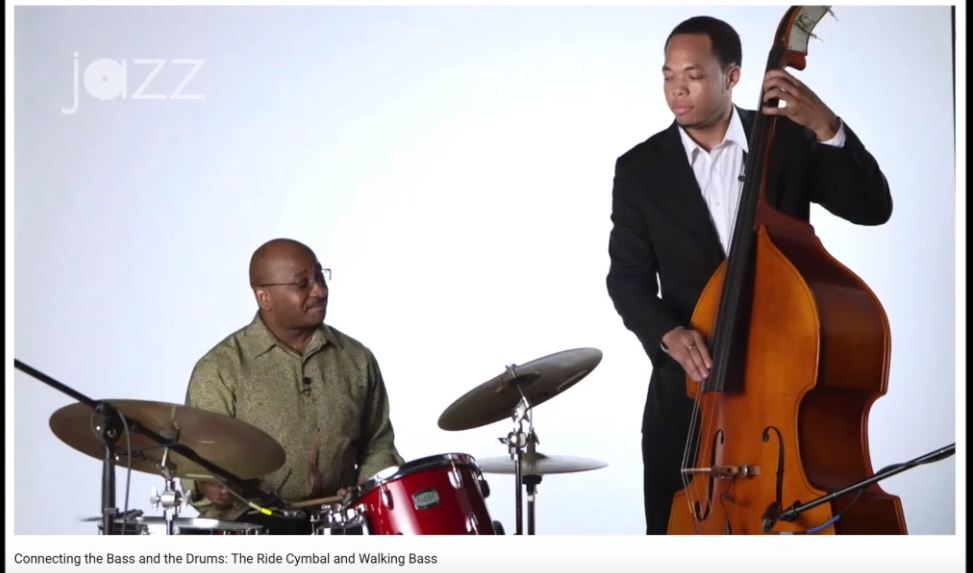
So now lets’ see how it works together with the drums and the bass. Now in this example just the ride cymbal along with the bass playing every quarter note.
He will also start adding the snare drum and the accents on the 2 and 4.
The walking bass is giving us the harmonic continuity of the song and the rhythmic continuity.
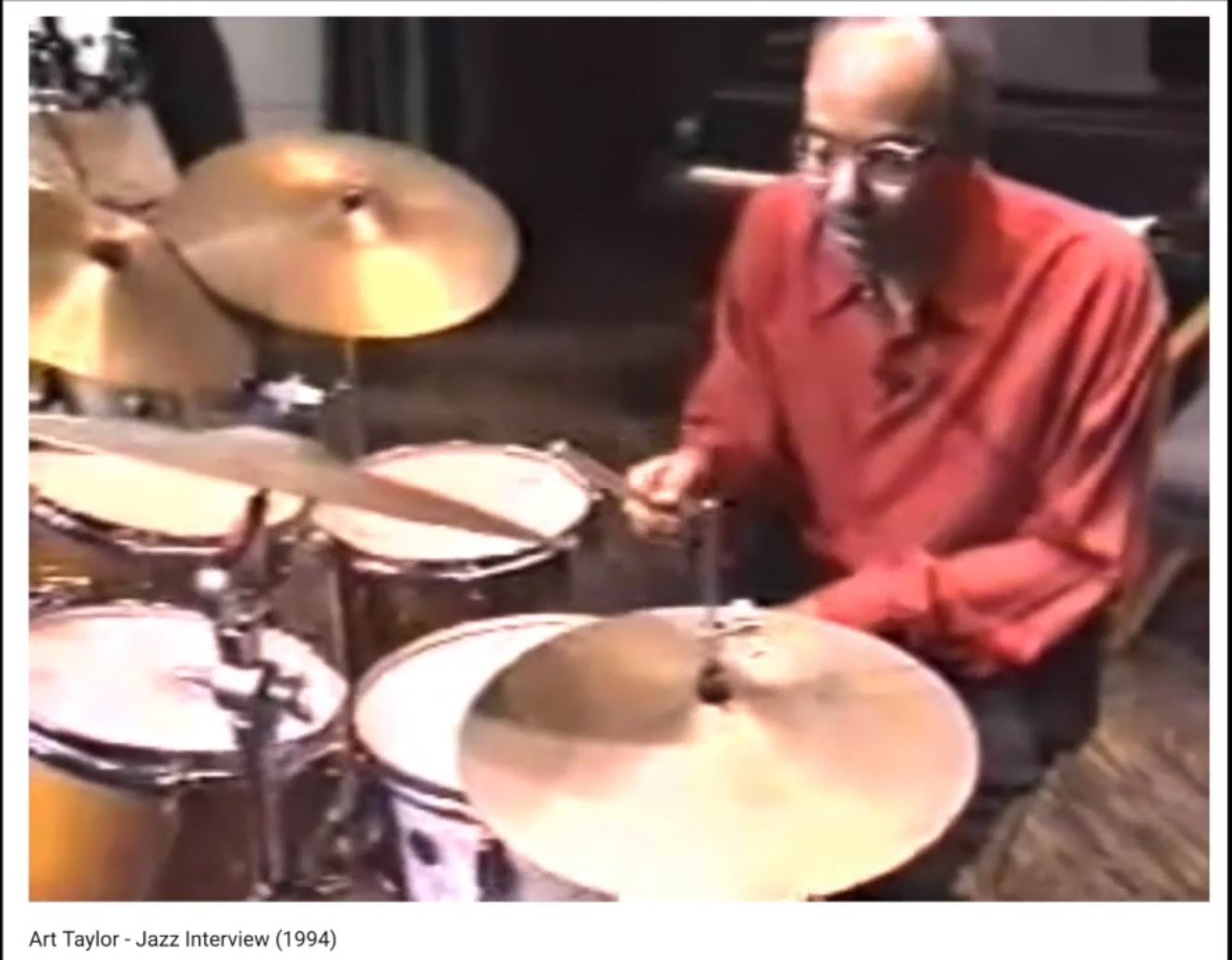
And the drums are also giving up the rhythmic continuity as well as the accents.
But there are many, many other layers in terms of what the bassists do and in terms of what the drummers are doing. And here is one example of talking about the complexity of the ride cymbal beat which is not usually simply 4 to the beat.
And here is the great Art Taylor explaining about his particular approach to the ride cymbal beat.
“Yeah, the cymbal beat ~ that’s the important thing to me. The basic beat is … and that’s very important too.
The intensity of the strokes. That’s the accent on the beginning right? But I was talking about to blend it. Then as Miles always used to try to get me to do, to break it up. So it’s not the same. You can play different rhythms. Any kind of rhythm that can come to your mind when you play of that with a snare drum, or you make accents.
That’s my strongest point my cymbal beat. Everybody says it: all the drummers and saxophone players are going to put that beat on us tonight. You going to do, you’ve got that stroke going.”

For this segment I’m going to a software programme called Band In A Box which can which can take a chord progression that I’ve written out here C, A minor, D minor, G7 ~ which is a 1, 6, 2, 5 progression that appears in hundreds or 1,000s of songs and it will just repeat over and over again.
And it will generate a backing track that sounds like a Jazz rhythm section. And what I’ll be able to do with that is show you how the different instruments blend together and how they function in a Jazz ensemble.
These are the chords: C, A minor, D minor, G7. And it’s just going to repeat. And you can hear the walking bass.
Now let me turn everything down so you can just hear the walking bass. D minor, G7 … we can still hear the harmony going through.
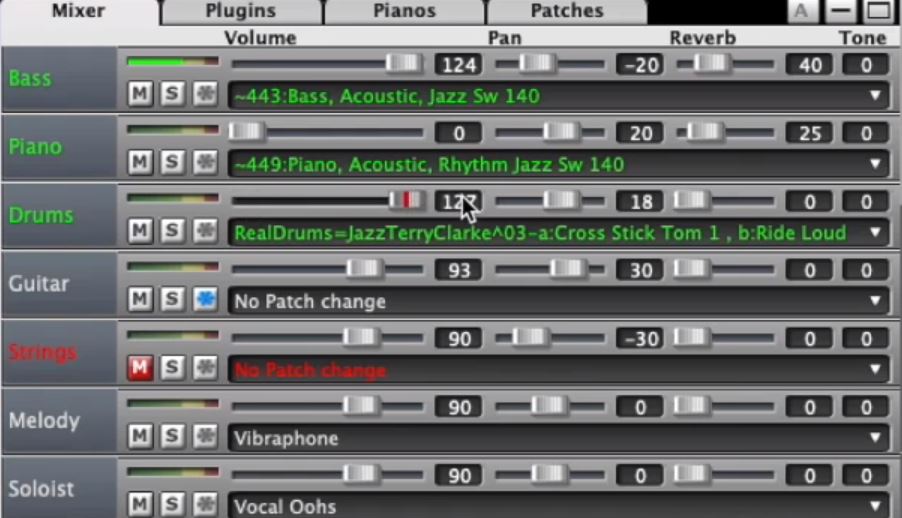
D minor, G7 so I can hear the harmony in my ear but now you’ve kind of lost the rhythmic continuity, let’s put back the drums.
Now you get the 2 and 4 feel that we were missing a little bit. Turn down the bass.
It gets harder to hear the harmonic functions in the song. You’re not really hearing the C, the A minor, the D minor, the G7. You’re missing that.

When I put the bass back you can hear where we are in the form. And again when I take off the drums. You hear the harmonic continuity. You can hear the rhythm.
But you’re missing that feeling of the 2 and 4. You have to feel it yourself. Now the drums are kind of giving you that. And now I’m going to add in the piano. What is the piano doing? The piano is playing chords. But not continuously. This is called ‘comping’ ~ or accompanying.
And you see some of the chords fall on the one beats and some of them fall on the off beats. That’s on the 1, that’s on the 2, That’s on the 1 but it’s hard for you to hear that without the bass. So I’ll bring back the bass.
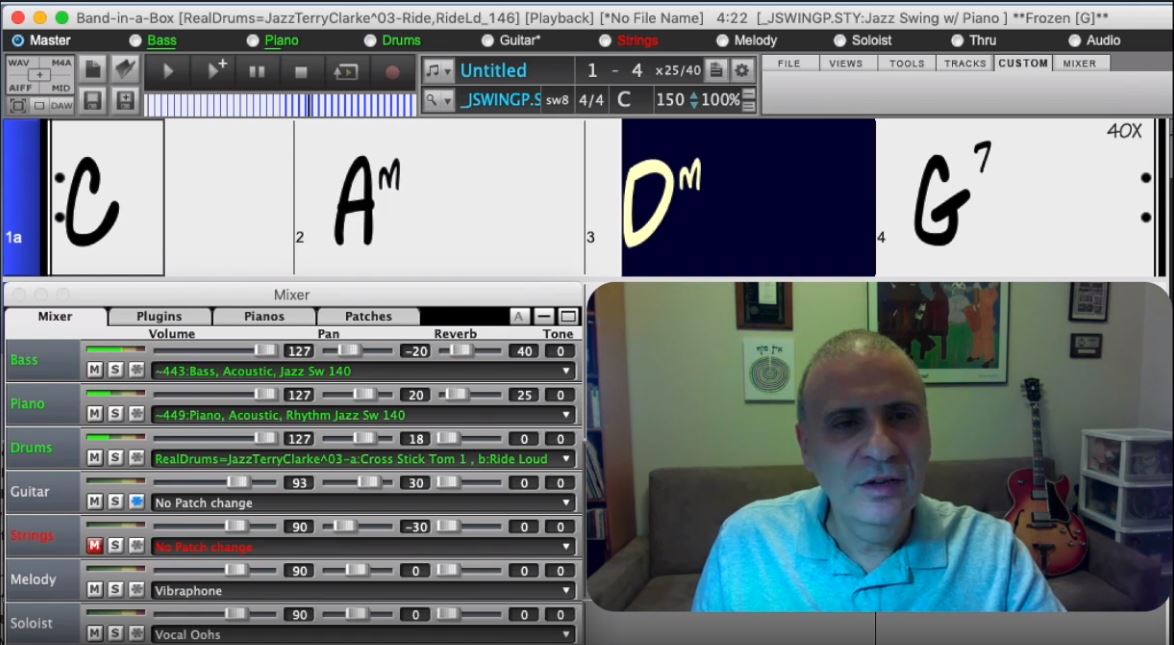
Now you can hear how the harmony is working. D minor. But now we’re still missing something so I’ll bring back the drums.
And you’re hearing how it all sounds together:
The bass walking.
The drums playing the accents.
And the piano playing sometimes on the beat and sometimes off the beat.
So now that we’ve analysed the functions of each of the instruments in the rhythm section I hope you can begin to concentrate on the different instruments when you listen to Jazz.
Try to understand how they function. Each one on its own. And how they function together and how they create this magic we call Jazz.
And I hope you are enjoying the series and I will see you in Episode 8) of Active Listening in Jazz.
~ ~ ~ ~ ~ ~ ~ ~ ~ ~ ~ ~ ~ ~ ~
Check out my Active Listening in Jazz for Non-Musicians Facebook Group. Join today to find out more.
See my Active Listening in Jazz for Non-Musicians Youtube Playlist with the first three episodes already recorded.
Subscribe to the playlist to learn about new episodes.
Episode 1) Intro & Singlalong Dan Adler blog series
Episode 2) The Blues
Episode 3) Form
Episode 4) Miles Davis, ‘So What?’
Episode 5) Harmony & Improv
Episode 6) Jazz Expression
Episode 7) Rhythm Section
Episode 8) Story and Motif
